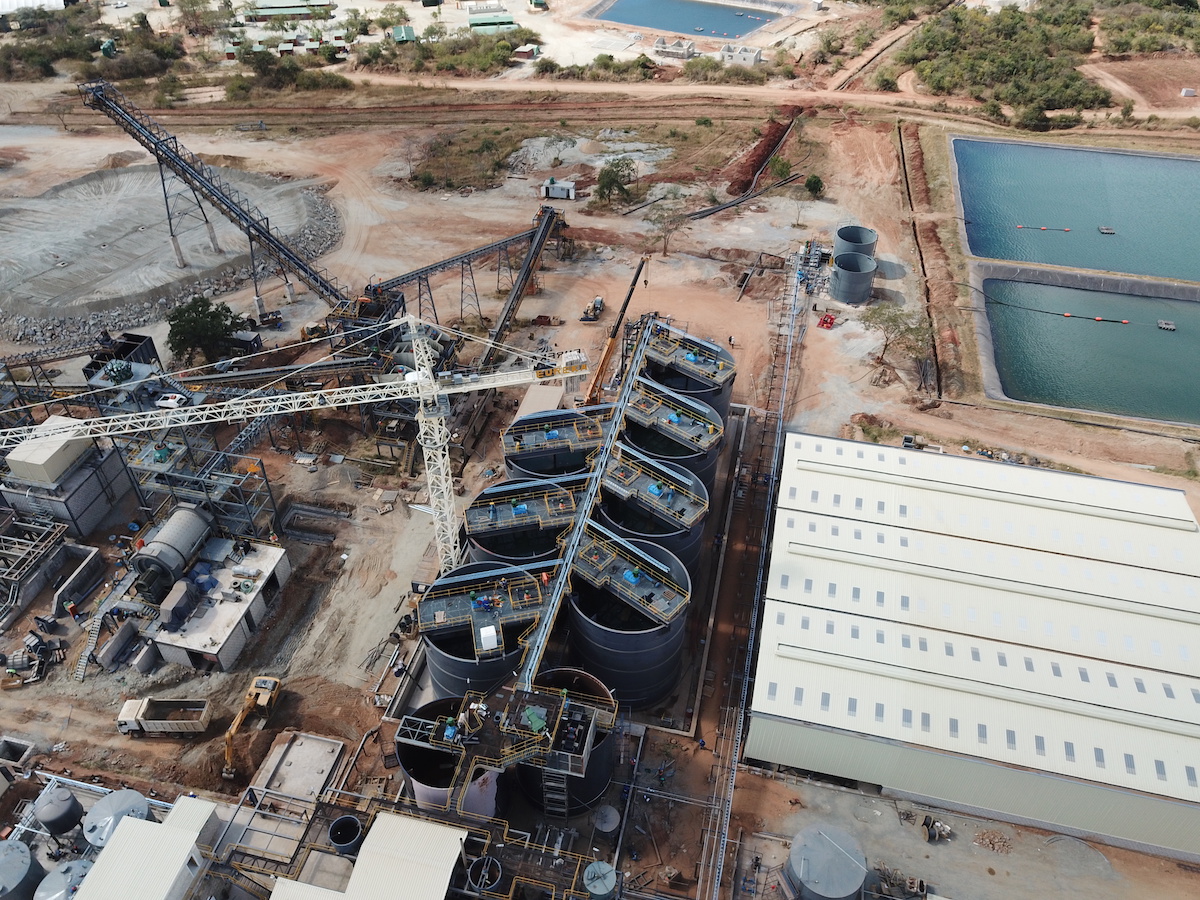Beyond these logistical challenges, there is also growing uncertainty surrounding the country’s regulatory environment. Frequent changes in tax policies and ongoing delays in finalizing critical legislation, such as the Mines and Minerals Act, have created a climate of unpredictability for investors. Companies are concerned that the lack of stability in government policies could deter further investment and disrupt long-term planning.
In addition to these broad challenges, this year the sector now faces higher taxes and royalties, which could further strain profitability. The introduction of elevated royalty fees and new taxes targeting beneficiation and capital gains is likely to erode the financial margins of mining companies, particularly for smaller operators with less capital to absorb these additional costs. These tax measures, while intended to increase government revenue, could unintentionally diminish the incentives for investment, especially in value-added sectors like beneficiation.
As the mining sector looks toward 2025, the question remains: Can the industry sustain its projected growth and investment surge amidst these mounting challenges? While the 140% increase in capital spending signals confidence in the sector’s potential, the persistent operational and regulatory hurdles may pose significant obstacles that could dampen the impact of these investments.
Since Sino Mine’s acquisition of Bikita Minerals in 2022, the company has invested over $200 million in exploration, mine expansion, and strategic projects. These initiatives include developing new mining areas and constructing a modern tailings storage facility designed to manage mine waste for the next 20 years.
Sandawana Mines is expected to invest $280 million in a lithium concentrate processing plant, scheduled for completion by March 2026. This investment is expected to double production, reaching 500,000 tonnes of concentrate. Last year, Kuvimba Mining House announced a $310 million deal with a British-Chinese consortium for a lithium concentrator at Sandawana, further boosting Zimbabwe’s lithium sector.
Eureka Gold Mine
Dallaglio owned Eureka Gold Mine is expected to invest $4,001,920 in a tailings storage facility, with the project expected to be completed by March 2025. Last year, the mine spent $8.7 million on the tailings storage facility, a plant thickener, and power factor correction investments, which led to a 2.01% increase in production levels.
Pickstone Peerless Mine
Eureka’s Sister mine Pickstone Peerless is set to invest $15.15 million in expansion projects, up from $14.5 million spent last year. This investment is expected to boost current production levels by 26%.
Shamva Mine
Shamwa Mine, a member of Kuvimba Mining House, plans to spend $560,000 on exploration drilling, a slight increase from $366,000 last year. This investment is part of the mine’s strategic goal of achieving a production target of 200,000 tons per month.
Blanket Mine
Blanket Mine, aiming for a 5% increase in production, is expected to invest $270 million in future projects. This comes after last year’s $30.8 million expansion, which resulted in a 7% boost in production.
Golden Valley
Golden Valley is expected to invest $600,000 in total, with $200,000 earmarked for a clinic and the rest for ongoing plant investments. By December 2025, the total investment in these projects is expected to reach $1 million.
New Dawn and Old Nick Mines
New Dawn and Old Nick Mines are not expected to invest anything this year, according to the Chamber of Mines. However, it is important to note that New Dawn spent $410,000 last year on an elution plant and $110,000 on a 20L track upgrade. These investments are expected to increase production levels this year by 10% and 8%, respectively.
Bulawayo Mining Company
Ferrochrome Industry
The ferrochrome industry also has some key projects lined up. The Chinese-owned Afrochine is expected to invest $22.6 million in two new smelters in 2025. These projects, which are expected to be completed by 2026, will boost production by 28%. Zimasco is also expected to invest another $3 million in mine exploration to sustain feed for ferrochrome production.
Platinum Group Metals (PGMs)
In the platinum group metals (PGM) sector, there are fewer significant capital projects this year. Last year, Mimosa Mining Company, the country’s second-largest PGM producer, invested $79 million in developing its TSF4 tailings management facility. For 2025, the company is expected to invest $2.1 million toward this project to extend the life of the mine.
Unki Mines is expected to spend $500,000 in open-pit mining this year and $200,000 on a solar project investment, which will boost production by just 1%. While many companies in the PGM sector are anticipating a rebound in prices, most have shelved large expansion projects due to weakened prices that have impacted the sector.
Coal Industry
In the coal industry, Hwange Colliery is expected to invest $17 million in Unit 3 main maintenance, along with $3.1 million in battery oven resuscitation, which will boost production by 100%. Zambezi Gas is expected to invest $450,000 in a coke oven, which will increase production by 60%.





